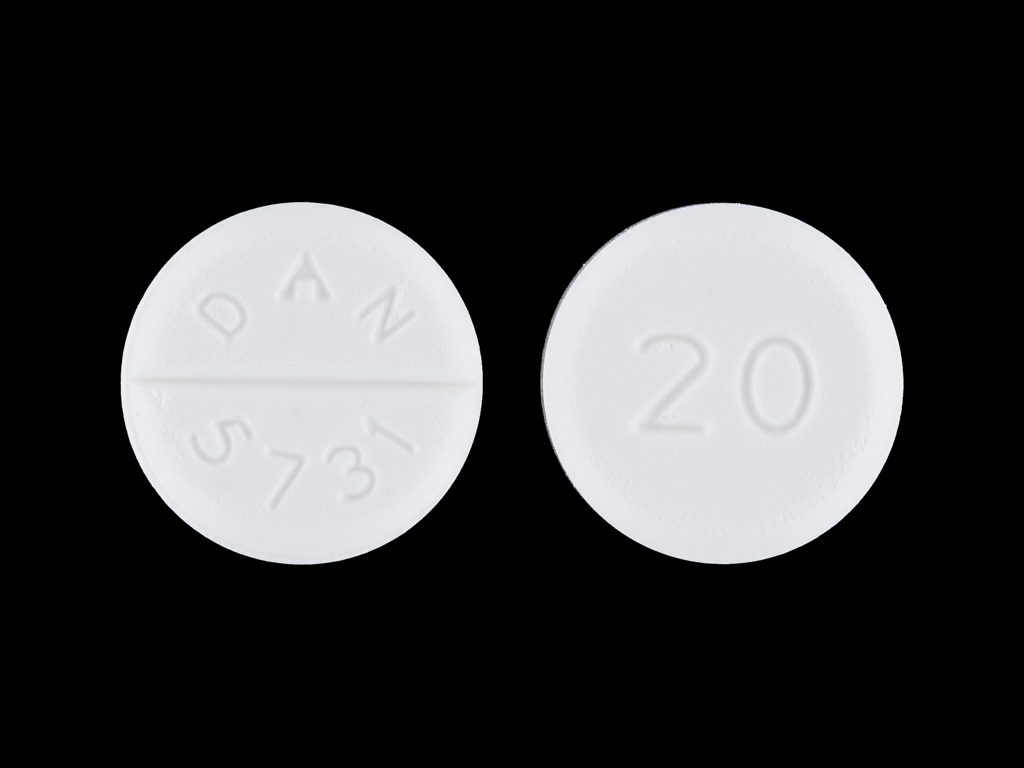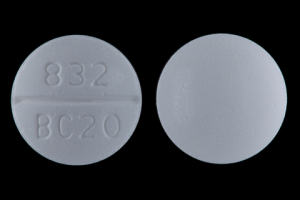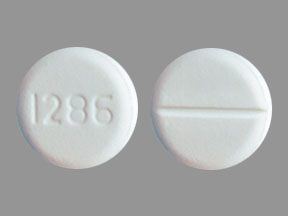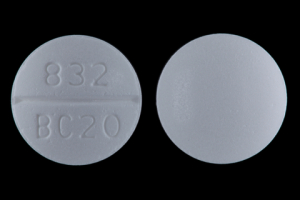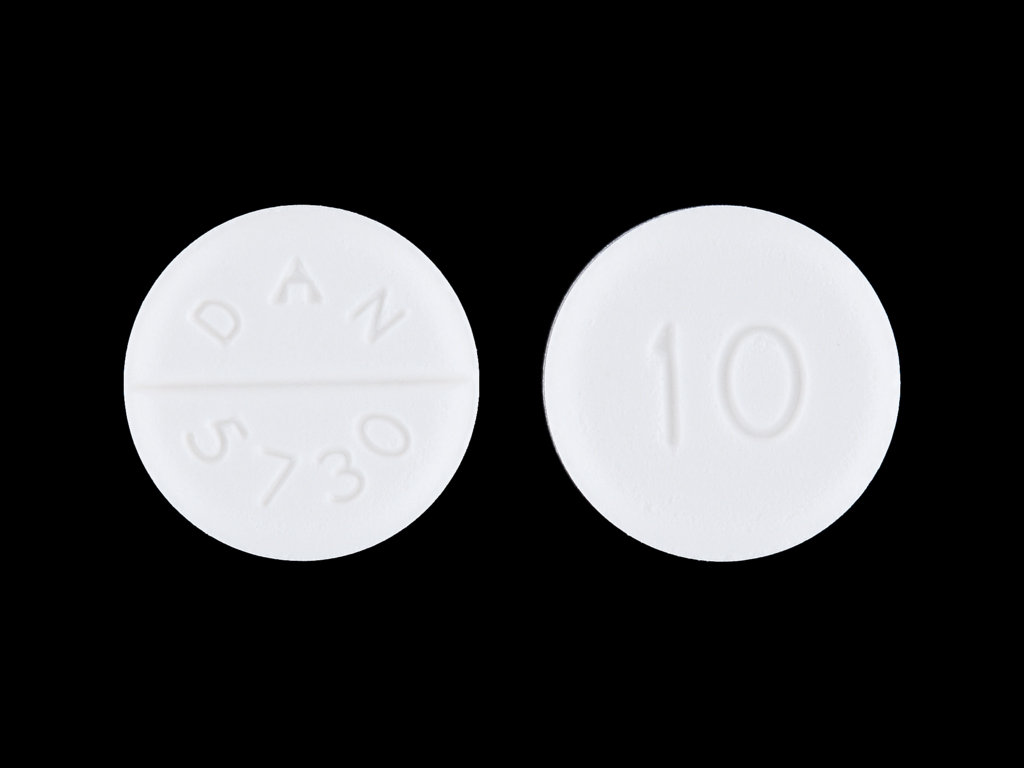Baclofen is a muscle relaxer and an antispasmodic agent.
| Product Name | Price | Shipping | Total | Order |
| Baclofen 20mg — 180 tablets | $209 | free | $209 | Order |
| Baclofen 10mg — 180 tablets | $189 | free | $189 | Order |
| Cyclobenzaprine (Generic Flexeril ) 10mg — 180 tablets | $159 | free | $159 | Order |
| Zanaflex (Generic Tizanidine ) 4mg – 180 — 180 tablets | $156 | free | $156 | Order |
| Generic Robaxin ( Methocarbamol ) 750mg — 180 tablets | $168 | free | $168 | Order |
| Gabapentin 800mg — 180 tablets | $199 | free | $199 | Order |
| Generic Fioricet — 180 tablets | $229 | free | $229 | Order |
All Pharmacies associated with purchasebaclofen.com are licensed to distribute in the states, you can be 100% sure to receive the same quality medication that you get from your local drug stores.

All the doctors and pharmacists are licensed in USA. We have a lot of pharmacies in different States. They are all us licensed pharmacies and never sell controlled substances. We can always arrange you a suitable pharmacy to distribute your orders.
Baclofen is used to treat muscle pain, spasms, and stiffness in people with multiple sclerosis or spinal cord injury or disease. Baclofen is given intrathecally (directly into the spinal cord) or orally (by mouth). Baclofen is effective in treating muscle spasms caused by conditions like multiple sclerosis or spinal cord injury. It helps to relax the muscles and reduce the pain.
It is still not understood how exactly Baclofen does to treat painful muscle spasms. Clinical health experts believed that the drugs work by blocking the signals from the central nervous system that provide signals to your muscles to spasm. It is suitable for adults and children and provides relief from spasticity of voluntary muscles arising from a traumatic head injury, cerebral palsy, meningitis, and cerebrovascular accidents.
Baclofen is a commonly used muscle relaxer for the treatment of muscle spasms. It can be helpful for people with multiple sclerosis or spinal cord problems. Baclofen is available as oral tablets, granules, and liquid solutions.
COMMON BRANDS
Ozobax, Fleqsuvy, Lyvispah, Lioresal (brand no longer available)
DRUG CLASS
Muscle relaxant
CONTROLLED SUBSTANCE CLASSIFICATION
Not a controlled medication
AVAILABILITY
Prescription only
How baclofen works
Baclofen is a muscle relaxant, but experts aren’t exactly sure how it works. They believe it stops muscle spasms by calming down overactive nerves in the spinal cord.
What is baclofen used for?
-
- Muscle spasms related to multiple sclerosis and spinal cord injuries
Baclofen dosage forms
-
- tablet
- 10mg 20mg
Typical dosing for baclofen
The typical dose for adults and children over 12 years old is 5 mg to 20 mg by mouth three times a day. Your provider will usually start with a low dose and change it based on how well the medication works for you and what side effects you experience. You shouldn’t take more than 80 mg in a single day.
Baclofen Off-label Usage
Baclofen has an average rating of 6.9 out of 10 from a total of 398 ratings on Drugs.com. 61% of reviewers reported a positive experience, while 24% reported a negative experience. It has a lot of off-label usage:
-
- Spasticity
- Spinal Spasticity
- Cerebral Spasticity
- Muscle Twitching Off-label
- Huntington’s Disease Off-label
Baclofen is primarily used for the treatment of spastic movement disorders, especially in instances of spinal cord injury, cerebral palsy, and multiple sclerosis. Its use in people with stroke or Parkinson’s disease is not recommended. Intrathecal baclofen is used for severe spasticity of spinal cord origin that is refractive to maximum doses of oral antispasmodic agents or who experience intolerable side effects.
Warnings
Do not use baclofen at a time when you need muscle tone for safe balance and movement during certain activities. Do not drive or operate heavy machinery until you know how this medicine affects you.
Do not stop using baclofen suddenly, or you could have unpleasant withdrawal symptoms.
Before taking this medicine
You should not use baclofen if you are allergic to it.
To make sure this medicine is safe for you, tell your doctor if you have ever had:
-
- mental illness or psychosis;
- a nervous system disorder;
- epilepsy or other seizure disorder;
- a stroke or blood clot; or
- kidney disease.
Using baclofen may increase your risk of developing an ovarian cyst. Talk with your doctor about your specific risk.
Tell your doctor if you are pregnant or breastfeeding.
If you take baclofen during pregnancy, your newborn baby may have withdrawal symptoms such as tremors, rigid muscles, or a seizure. Follow your doctor’s instructions about tapering your dose as your due date approaches.
If you take baclofen while breastfeeding, withdrawal symptoms may occur in the nursing baby. Ask your doctor if it is safe for you to breastfeed while taking this medicine.
Baclofen is not approved for use by anyone younger than 12 years old.
How should I take Baclofen?
Take baclofen exactly as prescribed by your doctor. Follow all directions on your prescription label and read all medication guides or instruction sheets. Your doctor may occasionally change your dose.
Shake the oral suspension (liquid) before you measure a dose. Use the dosing syringe provided, or use a medicine dose-measuring device (not a kitchen spoon).
Call your doctor if your muscle symptoms do not improve, or if they get worse.
You should not stop using baclofen suddenly or you could have serious or fatal withdrawal symptoms. Follow your doctor’s instructions about tapering your dose.
Store at room temperature away from moisture and heat.
What happens if I miss a dose?
Take the medicine as soon as you can, but skip the missed dose if it is almost time for your next dose. Do not take two doses at one time.
What happens if I overdose?
Seek emergency medical attention or call the Poison Help line at 1-800-222-1222.
Overdose symptoms may include muscle weakness, vomiting, severe dizziness or drowsiness, dilated or pinpoint pupils, shallow breathing, seizure, or loss of consciousness.
What to avoid ?
Do not use baclofen at a time when you need muscle tone for safe balance and movement during certain activities. In some situations, it may be dangerous for you to have reduced muscle tone.
Avoid drinking alcohol with baclofen.
Avoid driving or hazardous activity until you know how this medicine will affect you. Your reactions could be impaired.
How Baclofen works
-
- Baclofen may be used as a muscle relaxant.
- Experts are not sure exactly how baclofen works to relieve muscle spasms but research suggests it inhibits nerve impulses in the spine, which relaxes and relieves muscle contractions.
- Baclofen belongs to the class of medicines known as skeletal muscle relaxants.
Upsides of Taking Baclofen
-
- Baclofen is used to relieve muscle spasms such as those caused by multiple sclerosis or spinal cord injury due to damage or disease.
- Particularly effective for relieving flexor spasms (involuntary muscle spasms involving the ankle, knee, or hip) and the pain, contractions, and rigidity associated with these.
- May help restore some muscle function.
- Baclofen is not effective for muscle spasms caused by rheumatoid arthritis, cerebral palsy, stroke or Parkinson’s disease.
- May also be used off-label to treat other conditions such as hiccups or Tourette’s syndrome.
- Generic baclofen is available.
Downsides of Taking Baclofen
If you are between the ages of 18 and 60, take no other medication or have no other medical conditions, side effects you are more likely to experience include:
-
- Drowsiness, dizziness, or sedation, which may affect your ability to drive or operate machinery or perform other hazardous tasks. The sedative effect of baclofen may be enhanced by alcohol or by other medications that also cause sedation (such as benzodiazepines, opiates).
- Weakness, fatigue, insomnia, nausea, constipation, low blood pressure, headache, and confusion have also been reported.
- Sudden discontinuation of baclofen has been associated with hallucinations and seizures. Baclofen should be withdrawn slowly unless it is an emergency.
- May not be suitable for some people, including those with a history of stroke or who rely on spasticity to maintain an upright position, balance, or for increased function. The dosage of baclofen should be reduced in those with kidney disease.
- People with a history of seizures or epilepsy should be monitored regularly for changes in seizure control or EEG recordings.
- Neonatal withdrawal symptoms, such as increased muscle tone, tremor, jitteriness, or seizures have been reported starting hours to days after delivery in neonates whose mothers were treated with oral baclofen throughout pregnancy. If the potential benefit of using baclofen during pregnancy justifies the potential risk to the fetus then gradually reduce the dose and discontinue baclofen before delivery. Baclofen appears in low levels in milk but is not expected to cause any adverse effects in breastfed infants, especially if the infant is older than 2 months. Monitor newborn infants for signs of sedation.
- May cause an increase in the risk of ovarian cysts.
Tips of Taking Baclofen
-
- Baclofen may be taken with or without food.
- Treatment should be started at a low dose and increased gradually as directed by your doctor. Take baclofen as directed by your doctor. Do not take more than is recommended.
- Do not drive or operate machinery, or perform hazardous tasks if baclofen makes you drowsy, dizzy, or sleepy.
- Avoid alcohol while you are taking baclofen.
- Do not stop taking this medicine suddenly. If you feel you are not gaining any benefit from this drug, or the side effects are intolerable, talk with your doctor about slowly discontinuing it.
- Tell your doctor if you are pregnant, intending to become pregnant, or breastfeeding because baclofen may not be suitable for you.
Baclofen side effects
Get emergency medical help if you have signs of an allergic reaction to baclofen: hives; difficult breathing; swelling of your face, lips, tongue, or throat.
Call your doctor at once if you have:
-
- severe drowsiness, weak or shallow breathing;
- confusion, hallucinations;
- itching, tingling, or twitching in your hands, arms, feet, or legs;
- fever; or
- a seizure.
Common baclofen side effects may include:
-
- drowsiness, dizziness, weakness, tiredness;
- headache;
- sleep problems (insomnia);
- nausea, constipation; or
- urinating more often than usual.
This is not a complete list of side effects and others may occur. Call your doctor for medical advice about side effects. You may report side effects to FDA at 1-800-FDA-1088.
What other drugs will affect baclofen?
Using baclofen with other drugs that make you sleepy or slow your breathing can cause dangerous side effects or death.
Tell your physician if you are taking any of the following medications:
-
- Opioid medications
- Sleeping pills
- Muscle relaxers
- Medication for depression, anxiety, or bipolar disorder
- Seizure medication
- Blood pressure medication
Other drugs may interact with baclofen, including prescription and over-the-counter medicines, vitamins, and herbal products. Tell your doctor about all your current medicines and any medicine you start or stop using.
Withdrawal syndrome of baclofen
Discontinuation of baclofen can be associated with a withdrawal syndrome which resembles benzodiazepine withdrawal and alcohol withdrawal. Withdrawal symptoms are more likely if baclofen is administered intrathecally or for long periods of time (more than a couple of months) and can occur from low or high doses.
The severity of baclofen withdrawal depends on the rate at which it is discontinued. Thus to minimise withdrawal symptoms, the dose should be tapered down slowly when discontinuing baclofen therapy. Abrupt withdrawal is more likely to result in severe withdrawal symptoms. Acute withdrawal symptoms can be eased or completely reversed by re-initiating therapy with baclofen.
Baclofen withdrawal symptoms may include auditory hallucinations, visual hallucinations, tactile hallucinations, delusions, confusion, agitation, delirium, disorientation, fluctuation of consciousness, insomnia, dizziness, nausea, inattention, memory impairments, perceptual disturbances, itching, anxiety, depersonalization, hypertonia, hyperthermia (higher than normal temperature without infection), formal thought disorder, psychosis, mania, mood disturbances, restlessness, and behavioral disturbances, tachycardia, seizures, tremors, autonomic dysfunction, hyperpyrexia (fever), extreme muscle rigidity resembling neuroleptic malignant syndrome and rebound spasticity.
Abuse of Baclofen
History of Baclofen
Historically, baclofen was designed as a drug for treating epilepsy. It was first made at Ciba-Geigy, by the Swiss chemist Heinrich Keberle, in 1962. Its effect on epilepsy was disappointing, but it was found that in certain people, spasticity decreased. In 1971, it was introduced as a treatment for certain form of spasticity. It approved by the US Food and Drug Administration (FDA) in 1977.
Currently, baclofen continues to be given by mouth, with variable effects. In severely affected children[clarification needed], the oral dose is so high that side-effects appear, and the treatment loses its benefit.
Intrathecal baclofen was first introduced in 1984 to treat severe spinal spasticity. This administration route aimed to avoid supraspinal side effects.
In his 2008 book, Le Dernier Verre (translated literally as The Last Glass or The End of my Addiction), French-American cardiologist Olivier Ameisen described how he treated his alcoholism with baclofen. Inspired by this book, an anonymous donor gave $750,000 to the University of Amsterdam in the Netherlands to initiate a clinical trial of high-dose baclofen, which Ameisen had called for since 2004.
The trial concluded, “In summary, the current study did not find evidence of a positive effect of either low or high doses of baclofen in AD patients. However, we cannot exclude the possibility that baclofen is an effective medication for the treatment of severe, heavy drinking AD patients not responding to or not accepting routine psychosocial interventions.”
About baclofen
Baclofen is a muscle relaxant.
It’s used to relieve muscle spasms, cramping or tightness caused by conditions such as:
-
-
- cerebral palsy
- meningitis
- motor neurone disease
- multiple sclerosis
- conditions affecting your brain, spinal cord and nervous system
-
Baclofen is available on prescription. It comes as tablets or a liquid that you swallow.
If baclofen tablets or liquid do not work well for you or your child, you may be prescribed a baclofen injection. This will be given by a specialist doctor in hospital. Baclofen can also be given through a pump that is fitted under the skin.
Key facts
-
- Baclofen reduces pain and discomfort caused by muscle spasms.
- The tablets and liquid start to work after 1 hour after taking it. However, it might take a few days before you find the right dose to control your symptoms.
- Common side effects include feeling sleepy and feeling sick (nausea).
- If your doctor decides to stop your treatment, your dose will be reduced gradually over 1 to 2 weeks.
- It’s best not to drink alcohol while you are taking baclofen until you know how it affects you. There’s a risk alcohol may increase drowsy side effects and make you very sleepy.
